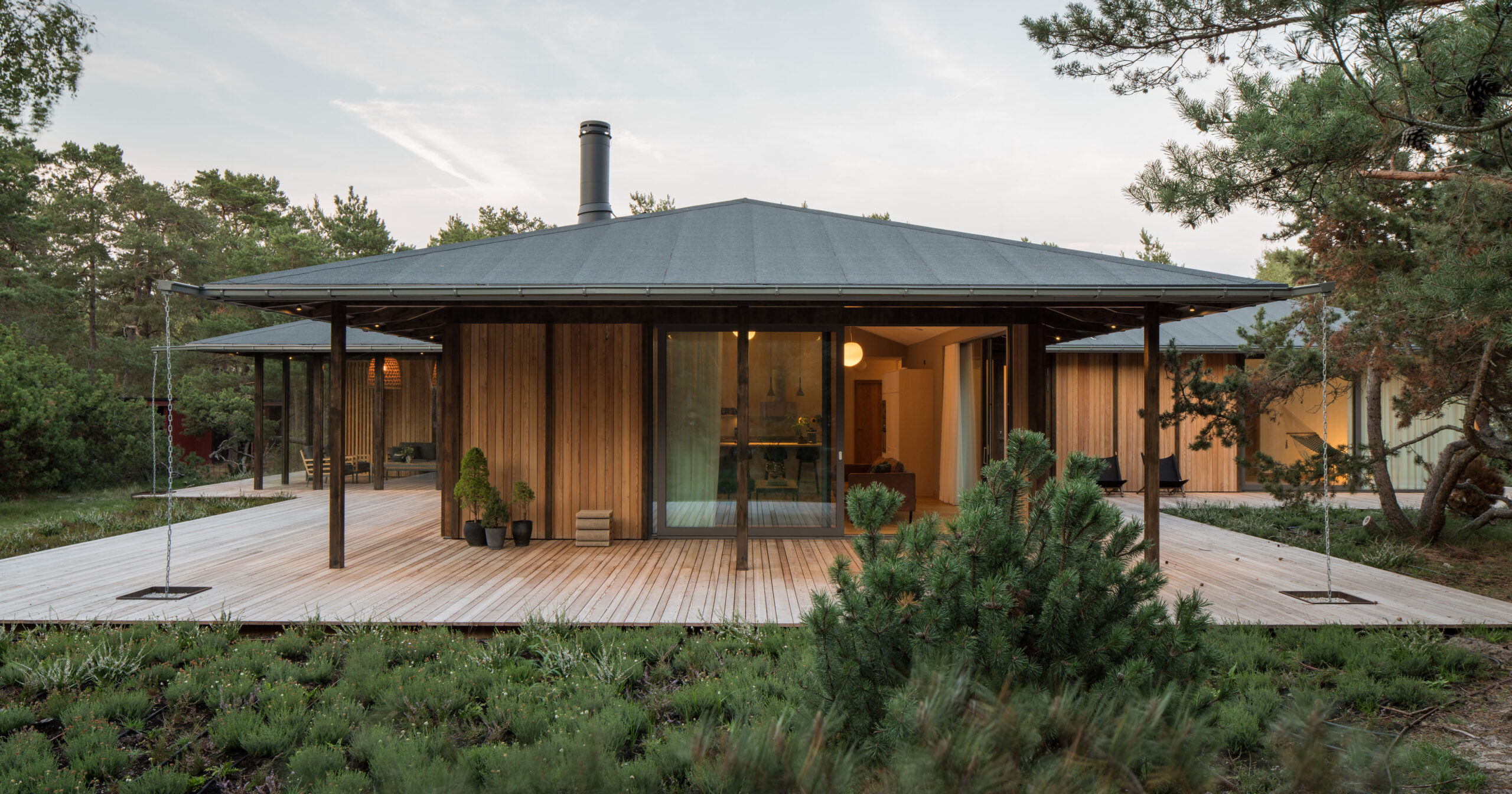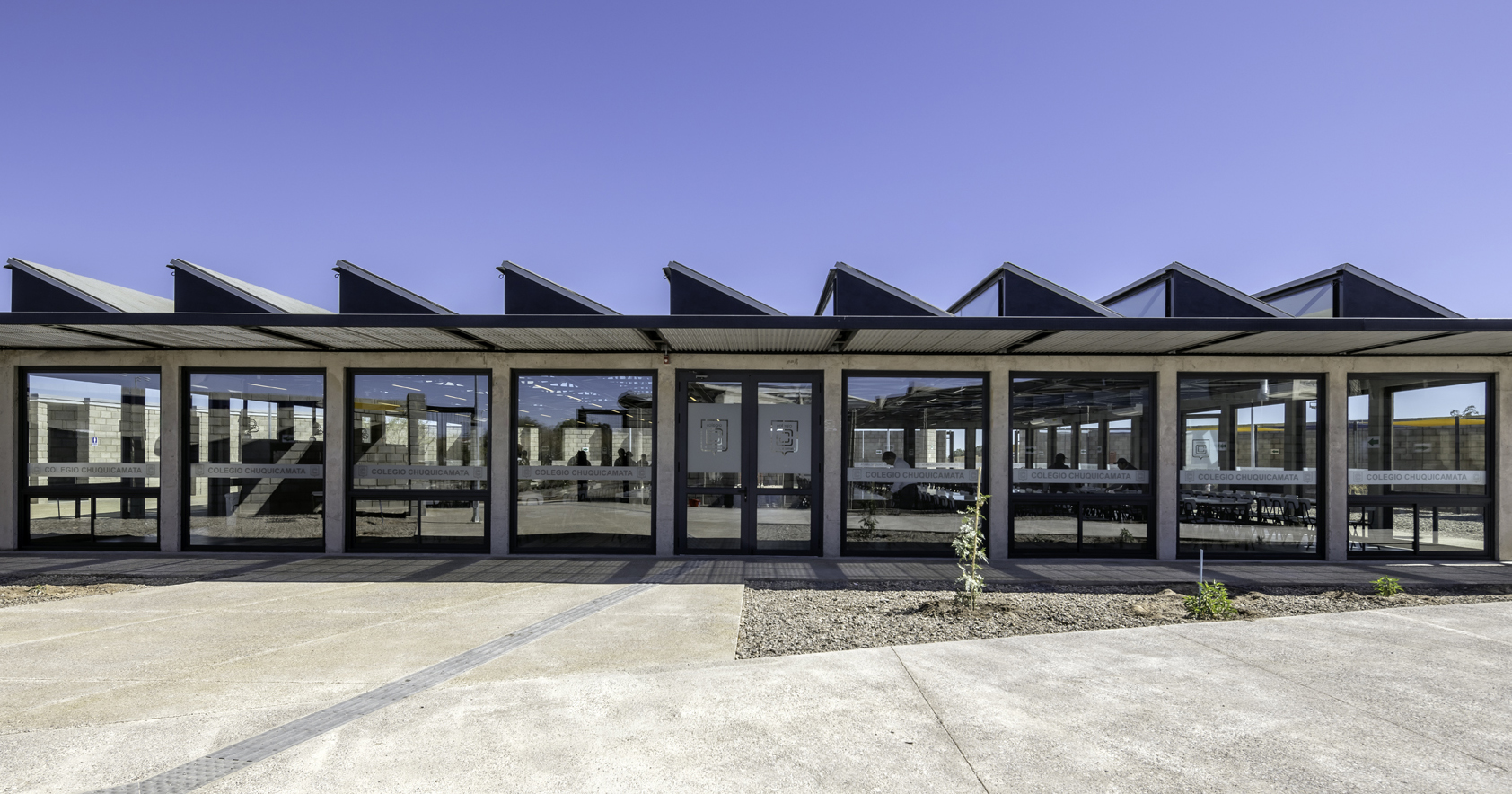"The St George's cross speaks of the power of design to transform public space"


The proliferation of St George's flags across England raises questions about design's capacity to influence political forces in today's world, writes Catharine Rossi.
Every time I go for a walk through my town, there are more and more flags. Hanging off lampposts, stuck up in windows, attached to car aerials, suspended over bridges, even graffitied onto road markings.
There is the occasional blue, red and white of the Union Jack, but mostly they are red crosses against white backgrounds – the flag of Saint George, patron saint of England (and many other countries beside). Until recently, the symbol's nationalist associations have rendered the flag largely absent in public space, except for moments of national fervour, from football to royal weddings.
As a design historian interested in the politics of architecture and design I can appreciate the St George's Cross
So I find its current surging popularity alarming, both for its hostile occupation of public space and the political future it points to.
As a design historian interested in the politics of architecture and design I can appreciate the St George's Cross as design at its most effective; an instantly recognisable visual identity usable by anyone, at any scale and in any medium. It is also a reminder that symbols are historically situated and capable of being loaded with different cultural, social and political values at different times; it was, after all, Henry VII who first used the flag of this Turkish saint in the 15th century.
There have been periods when the English and British flags have taken on other, more liberal and inclusive meanings: think of Geri Haliwell in a Union Jack minidress, or Liam Gallagher and then partner Patsy Kensit under Union Jack bedcovers on the cover of Vanity Fair, both captured in 1997, the year a seemingly equally liberal and inclusive New Labour swept to victory.
But the political climate is different today, and the flag's meaning has shifted to become more aggressively territorial and divisive. Amidst a toxic mix of economic downturn, Brexit fallout (yes, that's not over), an immigration crisis, a flailing Labour government, a lost Tory opposition attacking integration, and a surging right-wing Reform UK party, the rise of the flag in public spaces across England has become a flashpoint of debates around patriotism, populism and racism.
This is especially so in places like where I live – a Kent coastal town which makes headlines due to the small boats that make the perilous Channel crossing from France, and whose Reform-led council fuels anti-immigrant and anti "woke" politics. Not insignificantly, they understand the power of flags; Kent County Council has said it won't take down the St George's flags unless they pose a safety risk, while also refusing to fly Pride or Ukrainian flags from public buildings in the county.
Why isn't the flag being considered as a design issue?
The St George's cross speaks of the power of design to transform public space in even small, temporary ways. So why isn't the flag being considered as a design issue? Or rather, what can architects, designers and other makers of visual, material, and spatial culture do to combat the spread of pernicious patriotism?
Taking them down appears variously antagonistic and divisive, deaf to the very real concerns and inequalities that ultimately underpin the flag's reappearance. It is patronising to those wanting to express a less aggressive national pride (although even that I find difficult). On the other hand, doing nothing feels like apathy, cowardice or even appeasement.
The latter is a charge being levelled at Labour leader and British prime minister Keir Starmer more generally. He too has succumbed to the flag of late, celebrating the flying of English, Irish, Scottish, Welsh and union flags at the recent Labour party conference.
Is the answer to design a different flag? An artist-led initiative in Manchester invites individuals to use stencils to add "Everyone welcome" to the St George's Cross and hang them across the city, in an act of inclusive space making. And of course there is a long history of those creating, mobilising and subverting flags and symbols, from Ken Garland's 1960s CND logo, Rem Koolhaas' early noughties alternative EU flag, the work of artists such as Jeremy Deller, John Gerrard, or Metahaven, or Yoko Ono, whose Earth Peace flag was recently flown in Folkestone to mark International Peace Day.
But if we accept that the flags are really expressing a structural problem rather than a visual one, then tackling it has to be at a structural level too. And if we recognise today that design is systems as much as sofas, then surely this too is a problem that we can design out of.
Perhaps asking architecture and design to address the problems that underpin the flag is too much
At the same time, I can't help but look at the rise of design that raises questions rather than offers solutions in the late-20th and early-21st centuries – conceptual, critical and speculative world-building design. These are all practices and approaches that I have long admired and advocated in my work and with my students, but whose efficacy I now question. How can we be focusing on fictional, future-orientated worlds when it is the real, built world that that needs solving?
Perhaps this is too reactionary, too blind to the importance of storytelling and of providing alternative narratives in design. And perhaps asking architecture and design to address the problems that underpin the flag is too much. In the same way that designers are complicit in, but can't singlehandedly solve, the environmental emergency, so we are just bit players in broader societal issues.
As an educator I'm always aware of the importance of providing students with architecture and design practices, projects and approaches that are positive, pragmatic and future facing, and there are ample examples of these. But at the same time, the scourge of flags is here, and growing, and personally I'm at a loss as to what to do about it.
Catharine Rossi is a design historian, writer, curator and educator. She is a professor of architecture and research lead at University for the Creative Arts Canterbury, having previously been associate professor of design history at Kingston School of Art.
The photo is by Thomas Holt via Shutterstock.
Dezeen In Depth
If you enjoy reading Dezeen's interviews, opinions and features, subscribe to Dezeen In Depth. Sent on the last Friday of each month, this newsletter provides a single place to read about the design and architecture stories behind the headlines.
The post "The St George's cross speaks of the power of design to transform public space" appeared first on Dezeen.








_003.JPG)










































